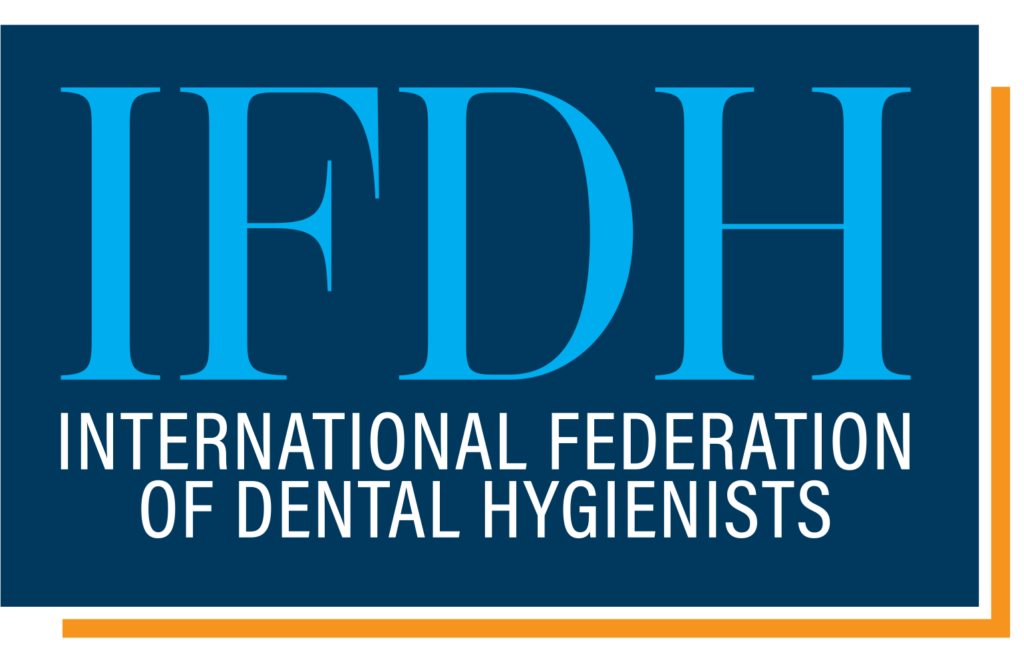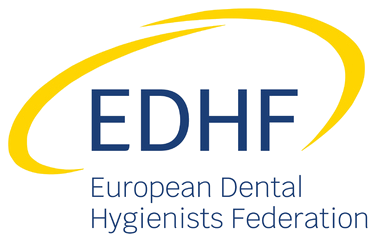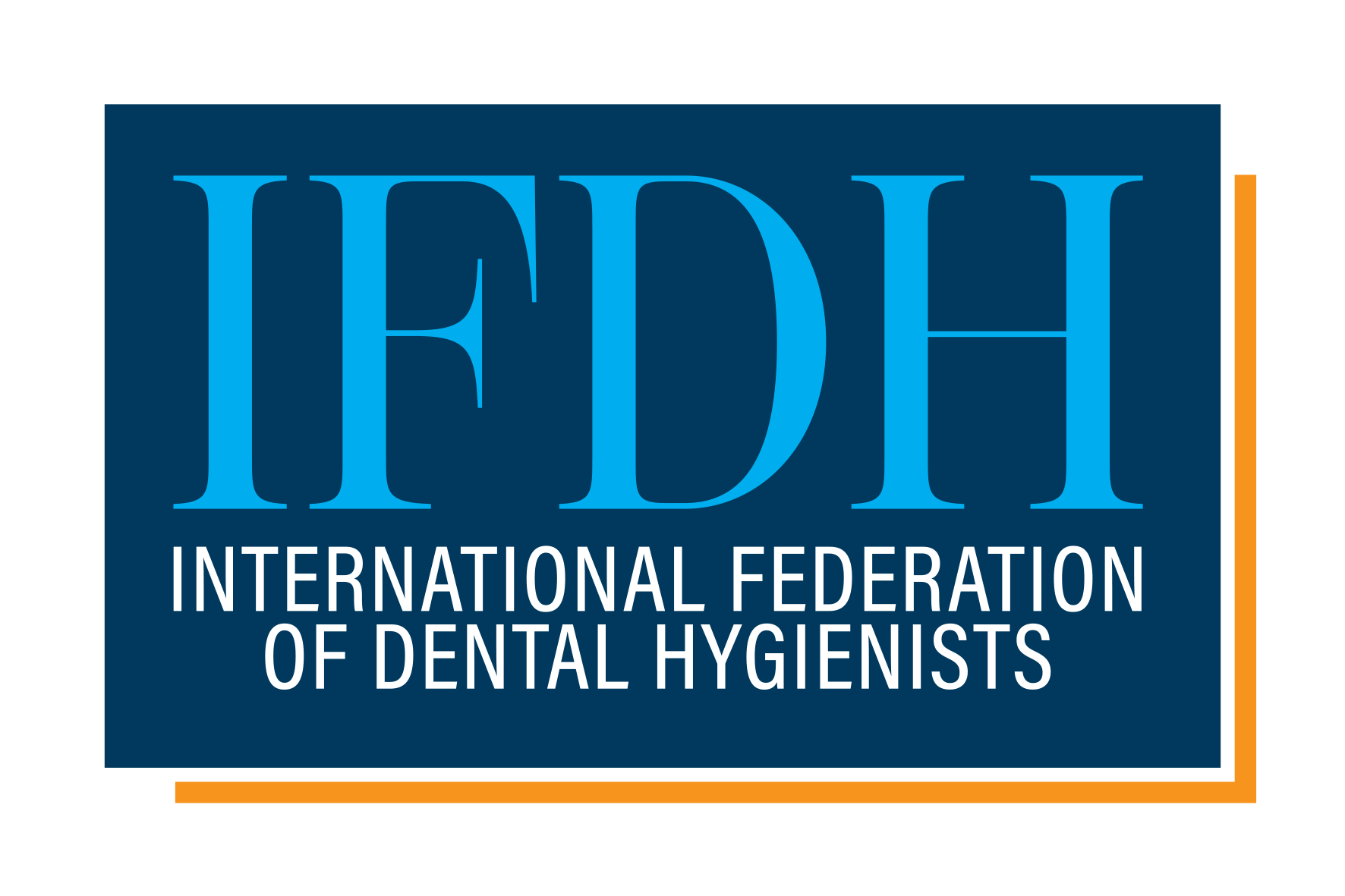A Joint Statement by IFDH and EDHF


A Joint Statement
by
IFDH and EDHF
on the
“WHO Draft Global Strategy on Oral Health”
May 6, 2022
The International Federation of Dental Hygienists (IFDH) and the European Dental Hygienists Federation (EDHF) are both non-profit and non-governmental organizations, free from any political, racial, or religious ties, representing Dental Hygienist organizations from around the world (IFDH) and in Europe (EDHF). They represent approximately 90,000 Dental Hygienists globally and are united in their common cause of promoting oral health and preventing oral disease (*1).
Global Overview of Oral Health
For the last three decades, the combined global prevalence of dental caries, periodontal disease and tooth loss has remained unchanged and is higher than the prevalence of any other NCDs. Case numbers of untreated oral diseases have more than doubled between 1990 and 2017 in low-income countries and increased by more than 50% globally (*2).
Costs for the treatment of oral diseases are high and can lead to significant economic burdens. An estimated 90% of the global direct expenditures of more than US $350 billion is spent in only 6% of countries, and half of all countries, mainly low-income and middle-income countries, spend less than US $20 per person each year on oral health (*3).
The burden of oral disease and the importance of oral health has been recognized by the World Health Assembly in 2021 and has resulted in the adoption of the Resolution on Oral Health and the development of the “WHO Draft Global Strategy on Oral Health”. This strategy will lead to the development and implementation of national oral health policies in Member States, resulting in the improvement of oral health globally.
Risk Factors for Severe Oral Health Problems
Severe oral health problems are often related to lifestyle, poverty, neglect and abuse, and mental health. Environmental circumstances should be addressed first, but oral health can be an indicator of these circumstances.
Oral diseases – dental caries, periodontal disease, and oropharyngeal cancers – have major consequences and a significant public health impact. Most oral diseases are of multifactorial origin and have a core group of modifiable risk factors in common with the four most prominent NCDs: cardiovascular disease, diabetes, cancer, chronic pulmonary diseases. Common risk factors include unhealthy diets rich in sugar, tobacco use and alcohol consumption.
Addressing these risk factors in an integrated way is key to improving oral health. Oral disease prevention and control, oral health promotion and oral care should be aligned with the primary health care system and integrated in existing and new general health policies and public health programs. As well as in nurseries, schools, workplaces, hospitals, homes for the elderly etc. etc.
Oral Health Promotion and Oral Disease Prevention
Most oral health conditions are largely preventable and can be treated in their early stages. Prevention is cost-effective and not as high as the costs of curative treatment of oral diseases and conditions. The keywords are preventable and prevention.
Evidence-based recommendations of cost-effective preventive interventions need to be recommended and implemented in national health systems. For those not included in any governmental, national, or private health system, non-governmental organizations and voluntary work of the oral health profession might be the (temporary) solution. Taxes on detrimental products, the wider use of fluoride and subsidizing oral care products will be beneficial as well.
The Role of the Dental Hygienist
Most health care systems still focus on a curative approach rather than prevention. Dental Hygienists, as primary oral health care providers are registered in most of the countries they are established in, but in most cases, far below the number of dentists.
Oral health promotion and oral disease prevention is the primary task of mid-level oral health care providers – dental hygienists, oral health therapists, dental nurses – and community health workers. However, the global oral health workforce is far too limited to resolve and prevent all oral health problems. To reach all, cross-sectoral collaboration is necessary in schools, communities, workplaces, care homes etc. Information and education can be provided by the oral health workforce: the ‘train the trainer/health worker/caretaker’ model to include teachers, nurses, public health workers and other care takers in oral health promotion and oral disease prevention. Team collaboration in both dental and medical care can be developed and health-promoting and preventive work in society developed.
Dental Hygienists play an important role in public health and social responsibility programs to improve the oral health of communities and individuals. The knowledge, competencies, and skills meet the requirements for primary and secondary oral health care and screening and, in some countries even tertiary and curative care. The curriculum also includes competencies to achieve behavioral changes and competencies to inform and educate other health care providers, teachers, care takers, etc.
The Role of IFDH and EDHF
IFDH and EDHF call for action of all Member States to be active in the implementation of the WHO Strategy and Action Plans on Oral Health, to improve oral health globally and reduce inequalities in oral health. To create a significant resource for preventive oral health care, IFDH and EDHF recommend Member States to prioritize the training of dental hygienists according to the principles set out in The Common Education Curriculum for Dental Hygiene (*4).
IFDH and EDHF encourage their member organizations and individual members to inform national governments and become involved as creators and providers of more efficient, prevention focused and sustainable oral health care systems, to be active in clinical work, on public health level, on social responsibility, in education and scientific research.





